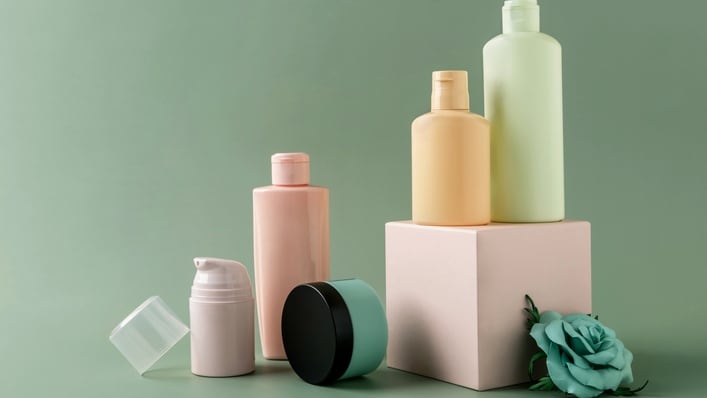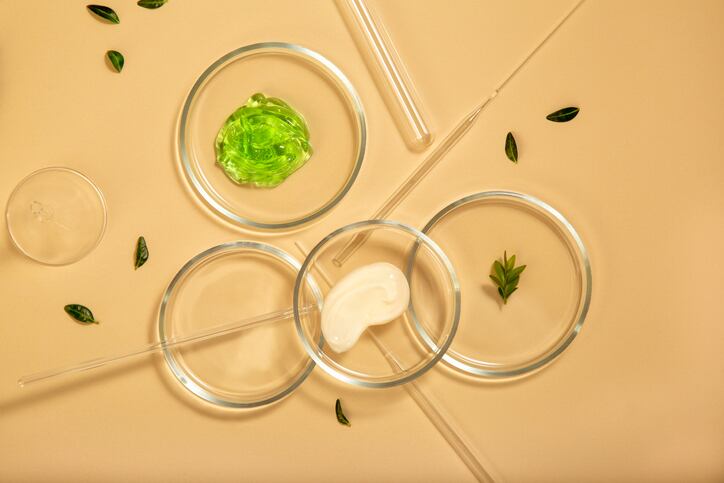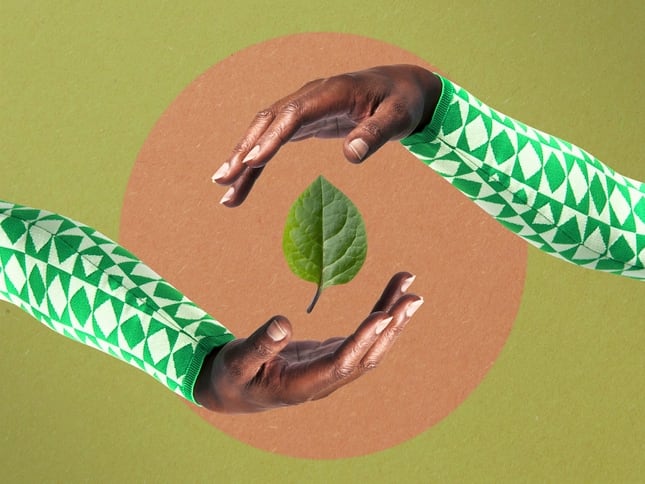Packaging is what turns a formula into a product, and it's what's left over the product is gone. That means cosmetic packaging is under the microscope as brands and suppliers try to become more sustainable.
CosmeticsDesign has investigated sustainability accreditation, packaging types and brand innovation. While packaging suppliers meet for an industry trade show, catch up on what's happening in the world of cosmetic packaging.
rePurpose wants beauty brands to think about plastic beyond the recycling bin
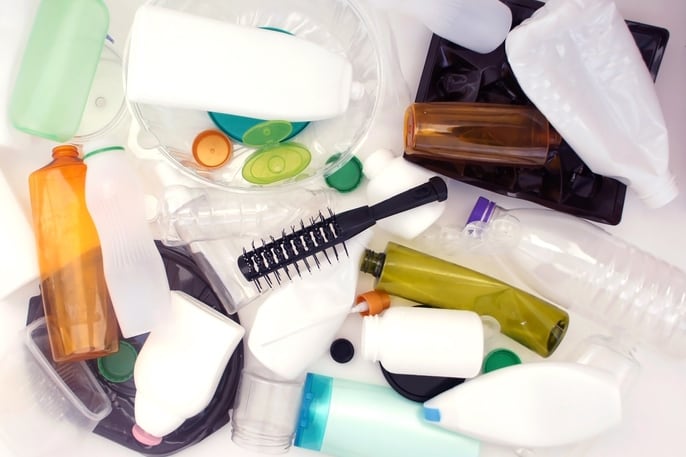
Plastic packaging is important in the beauty industry and rePurpose Global wants to create impactful accountability for plastic waste made by personal care brands.
According to rePurpose, 91% of plastic waste doesn’t make it to recycling and ends up in the environment. Svanika Balasubramanian, CEO and co-founder of rePurpose Global, told CosmeticsDesign a major contributor to plastic in the environment is where the plastic in the recycling bin ends up.
Balasubramanian said rePurpose found that roughly 75% of plastic recycled in countries like the US, Canada, the UK and Ireland ends up in countries like India, Indonesia and Vietnam.
“These countries, unfortunately, don't have the necessary infrastructure to deal with their own domestic waste, let alone be this one giant garbage dump for the rest of the world,” Balasubramanian said. “That's why we're seeing so much of the waste leaking into nature.”
RePurpose Global acts as a private industry partner to address the end of the plastic recycling supply chain and works with brands to become “plastic neutral” certified. Because plastic is still an important packaging material in CBG, around half of the companies rePurpose works with are personal care brands.
Sustainable packaging roundup: What to keep in mind when choosing non-virgin plastic packaging
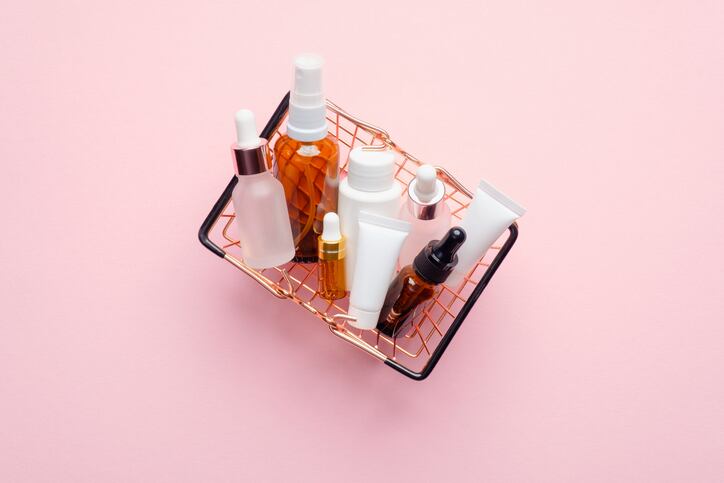
More sustainable packaging is on the cosmetics industry agenda, and there are a number of options on the market today.
What qualifies as sustainable varies from market to market, company to company and consumer to consumer, but one of the main goals is to decrease or remove virgin plastic in a beauty brand's packaging.
But, when moving away from virgin plastic packaging, brands have to consider material performance, ease of decoration, transportation costs and logistics, as well as the social and environmental impacts that other materials may have.
Packaging suppliers and sustainability consultants advise companies to do a holistic analysis of how they need packaging to perform, how the benefits and drawbacks of a given supply chain fit into their sustainability goals and what else can be done to improve packaging sustainability, like changing product format or reducing the amount of packaging used.
Below are stories on the four predominant types of non-virgin plastic integrated into the market today.
Refill revolution: Trestique brings refillable, one-stop makeup routine to promote repeat buys
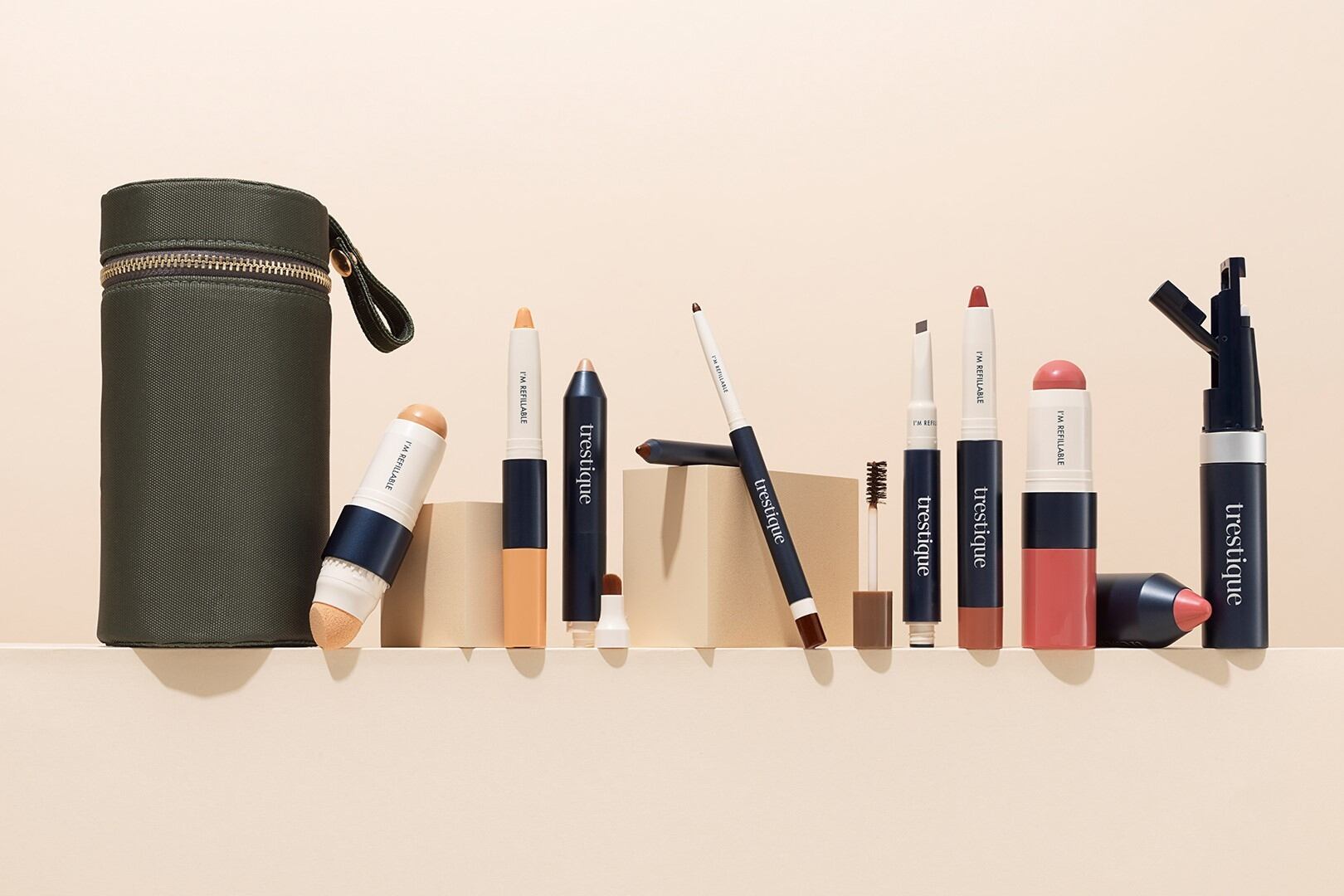
Customer loyalty in color cosmetics can be elusive, but a makeup brand built around crayons and sticks has converted to a refillable model to give consumers a reason to come back.
Color cosmetics brand Trestique, based out of New York City, started six years ago built on the concept of a full makeup routine of stick and crayon-format products. Co-founder and co-CEO Jack Bensason said the idea behind the brand was to create a simple, single-brand makeup routine.
While it is common in the skin care market for consumers to purchase a whole routine under a single brand umbrella, Bensason said consumers were significantly less likely to do the same thing with makeup because retailers and brands were more likely to advertise their newest or trendiest product.
“Unlike many other brands, we’re not built around one hero product,” Bensason said. “In makeup, the customer behavior is very different because … the brand never gave them a reason to buy all the products under one roof. Our hero product is basically the makeup routine.”
In order to make that routine successful, Trestique developed a customizable makeup routine, based on what products a consumer wanted and their coloring, which can fit entirely in one small bag.
Prill power: P&G files patent for dissolvable hair care pouches
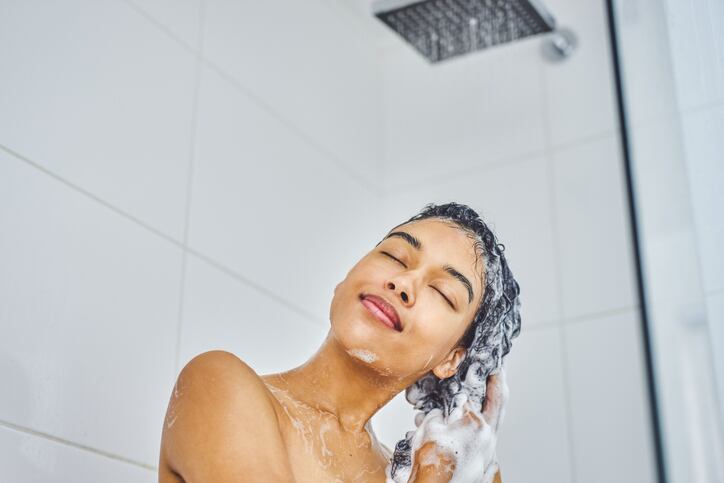
Article by Kacey Culliney
Personal care major Procter & Gamble (P&G) has developed water-soluble pouches containing dissolvable hair care pellets for a user-friendly, sustainable alternative to existing bottled and solid formats.
Writing in its international patent, P&G said the water-soluble pouches were made from fibrous sheets and could contain one or several types of personal care pellets/prills that dissolved into a creamy product when in contact with hot water. Designed to fit in the palm of a user’s hand, the pouches had been designed to contain prill blends for shampooing and/or conditioning of the hair.
P&G said the invention offered a sustainable alternative to liquid shampoo and conditioner products that contained “significant bulk” with extra water, preservatives and stabilisers, but also an alternative to solid format alternatives that were often associated with poor usability. Many bars or prills, the company said, did not dissolve fast enough on impact with water and others melted during shipping or storage, ahead of reaching the consumer.
“As such, there remains a need for an easy to use, solid personal care article that has a melt point greater than 45°C and rapidly disintegrates into a smooth, creamy, homogenous product upon hydration,” the company wrote in its patent filing.
Cosmetics brands performing well in shift to recycled plastic, require wholistic goals for real results
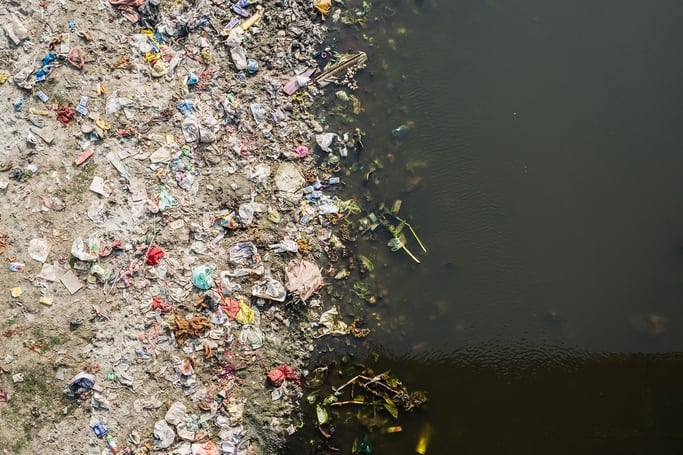
Environmental solutions platform Ubuntoo recently released their 2021 report on corporate plastic packaging goals, with three cosmetics companies or cosmetics-owning multinationals among the best performing.
CosmeticsDesign spoke with Ubuntoo Operations Manager Haley Randolph about what the report means for the personal care industry.
Can you tell me a little bit about what this report found in regards to plastic packaging?
We found roughly four categories of goals. Companies were largely creating goals around recycled content, virgin plastic production, collection and recovery, and then recyclability. A lot of companies had recyclability goals that were largely near the Ellen MacArthur Foundation goals. The highest-scoring companies in our report had maybe three or four of those goals.
What did you find with cosmetics and personal care specifically in mind?
Two of our top 10 companies were cosmetic companies, so the cosmetic category did relatively well. They are, in our report, classified as high plastic users, and we noticed that high plastic users tended to have higher scores than others, maybe because of the pressure to do so, or maybe because they actually want to make a change.

